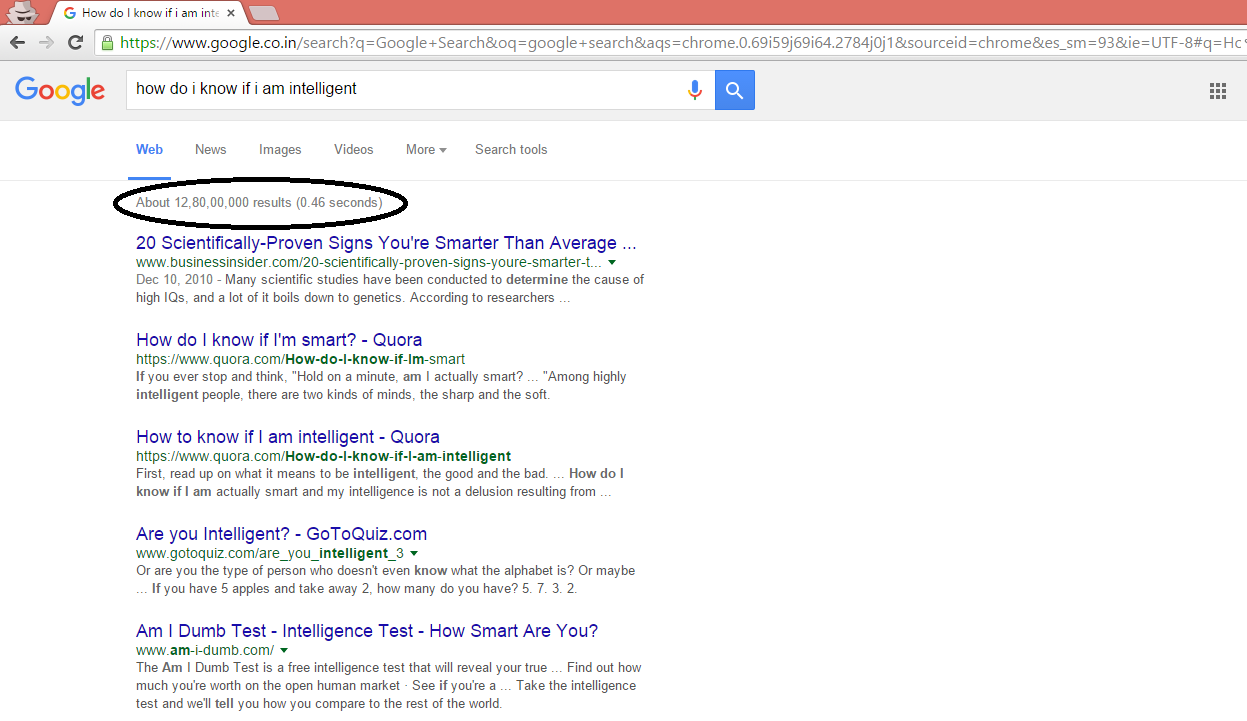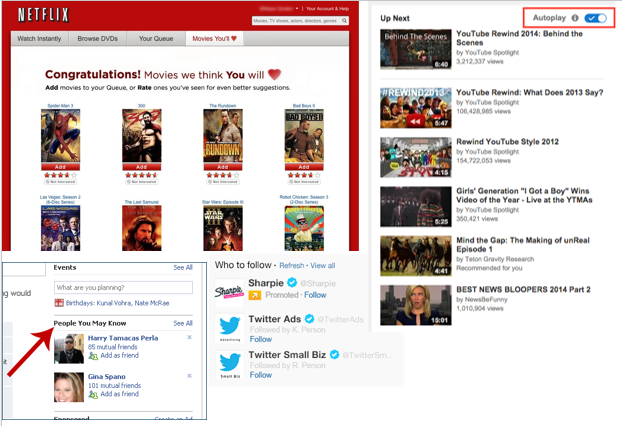Introduction
In today’s data-driven world, the power of data science is unbelievable. From uncovering hidden patterns to predicting future trends, application of data science in real life is revolutionizing industries. In this article, we will explore the fascinating and diverse uses of data science, unlocking its potential to transform businesses, healthcare, finance, and more. Get ready to discover the limitless possibilities of harnessing data science for innovation and success.
Learning Objective
- Common data science uses
- Advanced applications
- Data science tools and techniques
- Future impact of data science
Table of contents
- Top 11 Uses of Data Science
- 1. Internet Search
- 2. Digital Advertisements (Targeted Advertising and re-targeting)
- 3. Recommender Systems
- 4. Image Recognition
- 5. Speech Recognition
- 6. Gaming
- 7. Price Comparison Websites
- 8. Airline Route Planning
- 7. Fraud and Risk Detection
- 8. Delivery Logistics
- 9. Miscellaneous
- 10. Self Driving Cars
- 11. Robots
- Frequently Asked Questions
Top 11 Uses of Data Science
Using data science, companies have become intelligent enough to push & sell products as per customers purchasing power & interest. Here’s how they are ruling our hearts and minds:
1. Internet Search
When we speak of search, we think ‘Google’. Right? But there are many other search engines like Yahoo, Bing, Ask, AOL, Duckduckgo etc. All these search engines (including Google) make use of data science algorithms to deliver the best result for our searched query in fraction of seconds. Considering the fact that, Google processes more than 20 petabytes of data everyday. Had there been no data science, Google wouldn’t have been the ‘Google’ we know today.

2. Digital Advertisements (Targeted Advertising and re-targeting)
If you thought Search would have been the biggest application of data science` and machine learning, here is a challenger – the entire digital marketing spectrum. Starting from the display banners on various websites to the digital bill boards at the airports – almost all of them are decided by using data science algorithms.
This is the reason why digital ads have been able to get a lot higher CTR than traditional advertisements. They can be targeted based on user’s past behaviour. This is the reason why I see ads of analytics trainings while my friend sees ad of apparels in the same place at the same time.
3. Recommender Systems
Who can forget the suggestions about similar products on Amazon? They not only help you find relevant products from billions of products available with them, but also adds a lot to the user experience.
A lot of companies have fervidly used this engine / system to promote their products / suggestions in accordance with user’s interest and relevance of information. Internet giants like Amazon, Twitter, Google Play, Netflix, Linkedin, imdb and many more uses this system to improve user experience. The recommendations are made based on previous search results for a user.
4. Image Recognition
You upload your image with friends on Facebook and you start getting suggestions to tag your friends. This automatic tag suggestion feature uses face recognition algorithm. Similarly, while using whatsapp web, you scan a barcode in your web browser using your mobile phone. In addition, Google provides you the option to search for images by uploading them. It uses image recognition and provides related search results. To know more about image recognition, check out this amazing (1:31) mins video:
5. Speech Recognition
Some of the best example of speech recognition products are Google Voice, Siri, Cortana etc. Using speech recognition feature, even if you aren’t in a position to type a message, your life wouldn’t stop. Simply speak out the message and it will be converted to text. However, at times, you would realize, speech recognition doesn’t perform accurately. Just for laugh, check out this hilarious video(1:30 mins) and the conversation between Cortana & Satya Nadela (CEO, Microsoft)
6. Gaming
EA Sports, Zynga, Sony, Nintendo, Activision-Blizzard have led gaming experience to the next level using data science. Games are now designed using machine learning algorithms which improve / upgrade themselves as the player moves up to a higher level. In motion gaming also, your opponent (computer) analyzes your previous moves and accordingly shapes up its game.
7. Price Comparison Websites
At a basic level, these websites are being driven by lots and lots of data which is fetched using APIs and RSS Feeds. If you have ever used these websites, you would know, the convenience of comparing the price of a product from multiple vendors at one place. PriceGrabber, PriceRunner, Junglee, Shopzilla, DealTime are some examples of price comparison websites. Now a days, price comparison website can be found in almost every domain such as technology, hospitality, automobiles, durables, apparels etc.
8. Airline Route Planning
Airline Industry across the world is known to bear heavy losses. Except a few airline service providers, companies are struggling to maintain their occupancy ratio and operating profits. With high rise in air fuel prices and need to offer heavy discounts to customers has further made the situation worse. It wasn’t for long when airlines companies started using applications of data science in real life to identify the strategic areas of improvements. Now using data science, the airline companies can:
- Predict flight delay
- Decide which class of airplanes to buy
- Whether to directly land at the destination, or take a halt in between (For example: A flight can have a direct route from New Delhi to New York. Alternatively, it can also choose to halt in any country.)
- Effectively drive customer loyalty programs
Southwest Airlines, Alaska Airlines are among the top companies who’ve embraced data science to bring changes in their way of working.
7. Fraud and Risk Detection
One of the first applications of data science originated from Finance discipline. Companies were fed up of bad debts and losses every year. However, they had a lot of data which use to get collected during the initial paper work while sanctioning loans. They decided to bring in data science practices in order to rescue them out of losses. Over the years, banking companies learned to divide and conquer data via customer profiling, past expenditures and other essential variables to analyze the probabilities of risk and default. Moreover, it also helped them to push their banking products based on customer’s purchasing power.
8. Delivery Logistics
Who says applications of data science in real life has limited applications? Logistic companies like DHL, FedEx, UPS, Kuhne+Nagel have used data science to improve their operational efficiency. Using data science, these companies have discovered the best routes to ship, the best suited time to deliver, the best mode of transport to choose thus leading to cost efficiency, and many more to mention. Further more, the data that these companies generate using the GPS installed, provides them a lots of possibilities to explore using data science.
9. Miscellaneous
Apart from the applications mentioned above, applications of data science in real life is also used in Marketing, Finance, Human Resources, Health Care, Government Policies and every possible industry where data gets generated. Using data science, the marketing departments of companies decide which products are best for Up selling and cross selling, based on the behavioral data from customers. In addition, predicting the wallet share of a customer, which customer is likely to churn, which customer should be pitched for high value product and many other questions can be easily answered by data science. Finance (Credit Risk, Fraud), Human Resources (which employees are most likely to leave, employees performance, decide employees bonus) and many other tasks are easily accomplished using data science in these disciplines.
10. Self Driving Cars
Check out this ~3 min video to know more:
11. Robots
Check out this ~3 min video of robots which resembles Humans
Imagine a world, where we are surrounded by robots like these. Will they do any good for us? Or these would lead to repercussions that mankind will have to endure. Let’s have a discussion on this !
Conclusion
The pervasive influence of data science is evident across various domains, as showcased by the top 11 uses highlighted in this list. From enhancing internet search experiences to revolutionizing transportation with self-driving cars and robots, data science continues to reshape industries and drive innovation. Whether it’s optimizing digital advertisements, improving customer recommendations, or detecting fraud, the applications of data science are vast and impactful. As we move forward, the role of data science will only continue to expand, unlocking new possibilities and addressing complex challenges across diverse sectors of our society.
Frequently Asked Questions
A. The benefits of data science include extracting valuable insights from data, making data-driven decisions, improving efficiency, identifying patterns and trends, and enabling predictive modeling.
A. Most common data science uses in real life are –
1. Personalized recommendations (e.g., Netflix)
2. Fraud detection (e.g., credit card transactions)
3. Predicting disease outbreaks (e.g., epidemiology)
4. Optimizing supply chains
5. Sentiment analysis (e.g., social media monitoring)
6. Improving customer experience
A. Applications of data science in real life is most commonly used in industries such as –
1. Healthcare (clinical decision support, patient monitoring)
2. Finance (risk assessment, algorithmic trading)
3. Marketing (customer segmentation, targeted advertising)
4. Technology (predictive maintenance, recommendation systems)
A. The three main uses of data science are:
1. Descriptive analytics (summarizing and understanding data)
2. Predictive analytics (forecasting future outcomes)
3. Prescriptive analytics (providing recommendations and optimizing decisions based on data)









Yes, I agree with this article. Data science is a blend of data inference, algorithmm development, and technology in order to solve analytically complex problems.
nice bro.its very easy to understand.this article is very useful for freshers who want to make their carrer in data science
Good information on the data science.